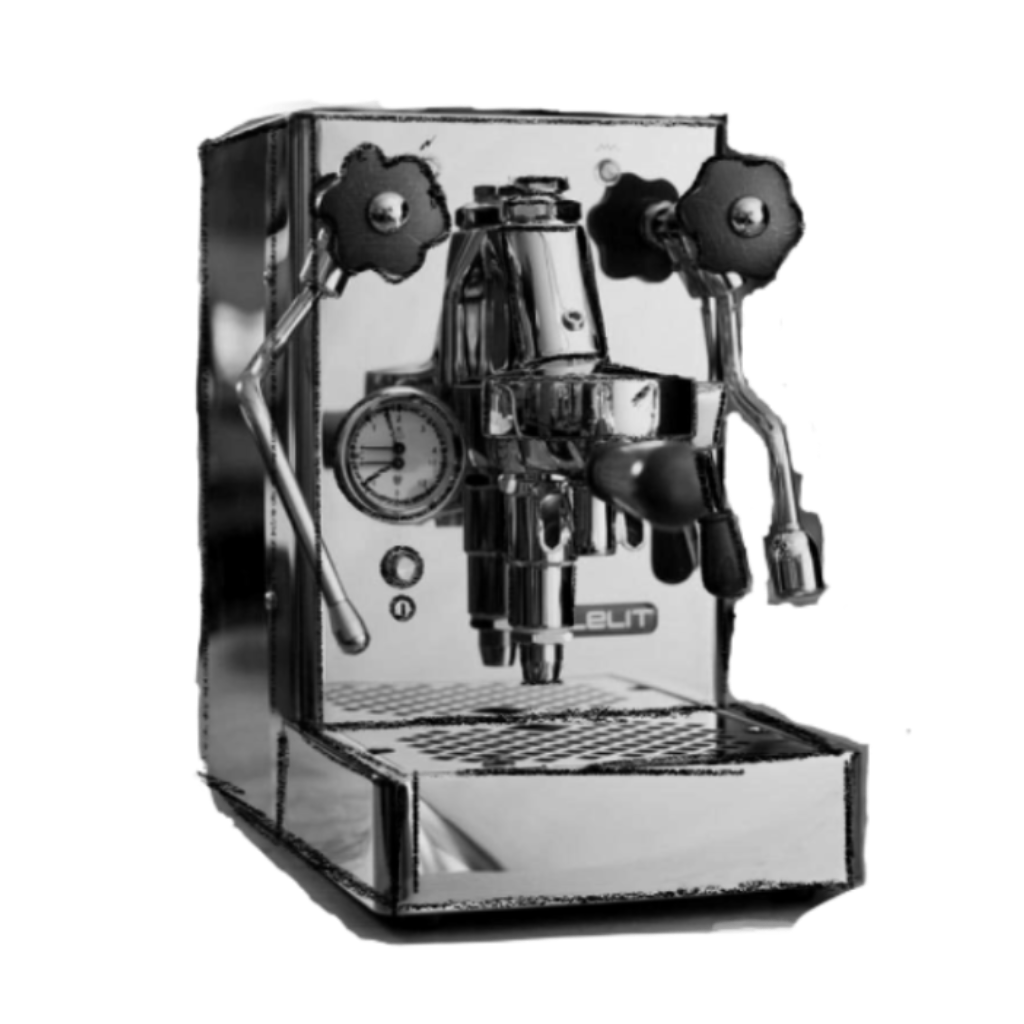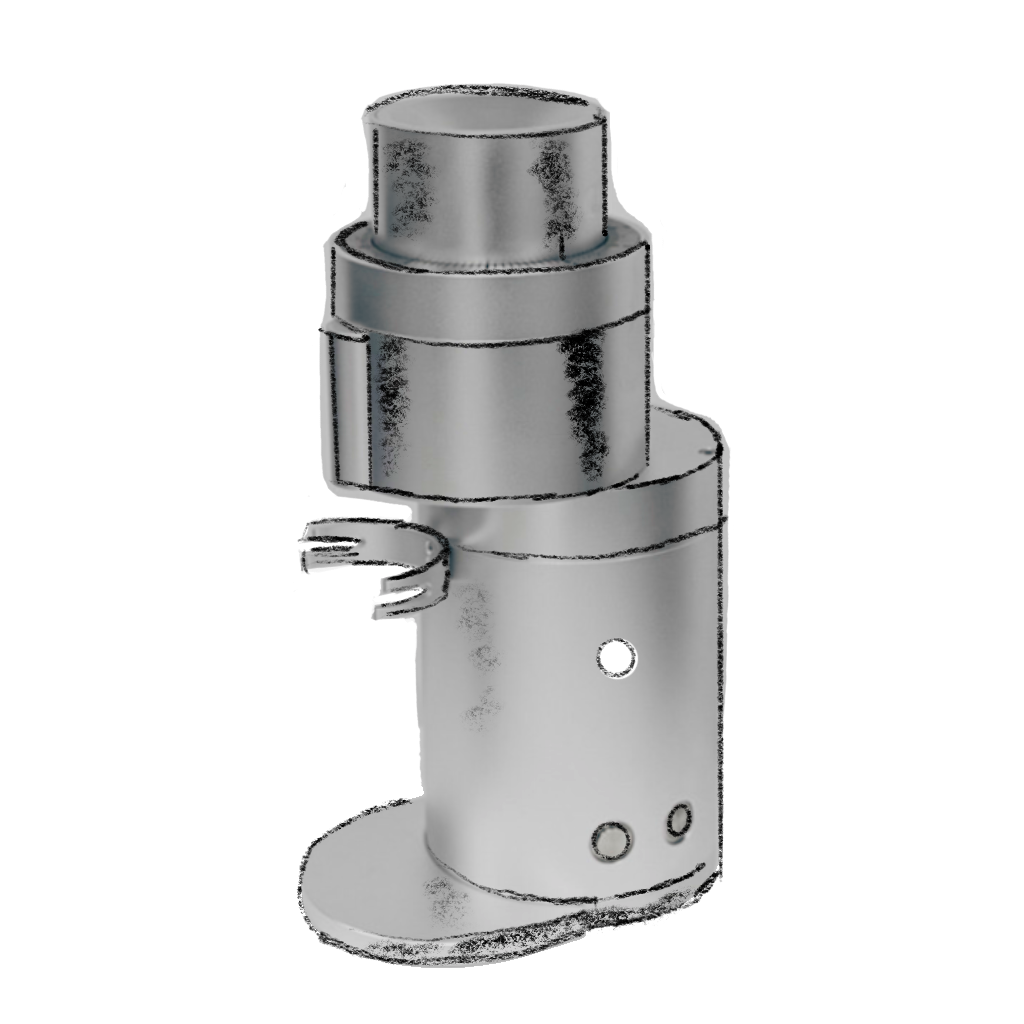Finding Flavor: Third Wave Water (Updated: 2025)

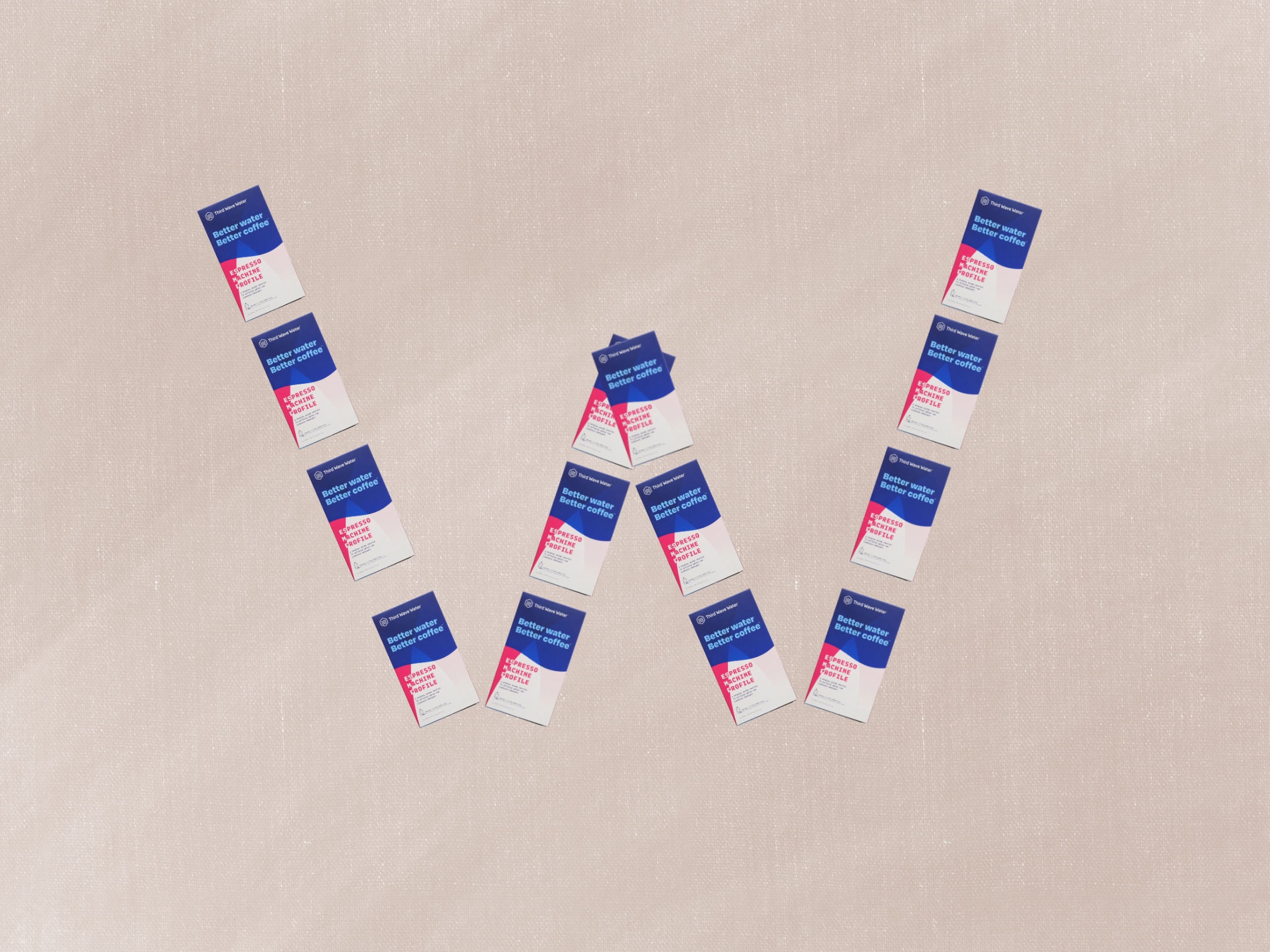
Introduction
There are dozens of inputs that go into pulling a shot of espresso. Bean freshness, roast level, and grind size just to name a few. One of the most overlooked inputs to brewing great coffee is the quality of the water used.
Third Wave Water is a 'mineral supplement' additive designed to enhance the flavor of coffee across brewing methods. Launched in 2016, Third Wave Water has experienced national recognition and seen the spotlight on Shark Tank and Kickstarter.
In this article, we will cover exactly what Third Wave Water is, the best Third Wave Water for espresso, as well as where to buy and how to use Third Wave Water in 2024.
Let's get brewing!
Table of Contents
What is Third Wave Water
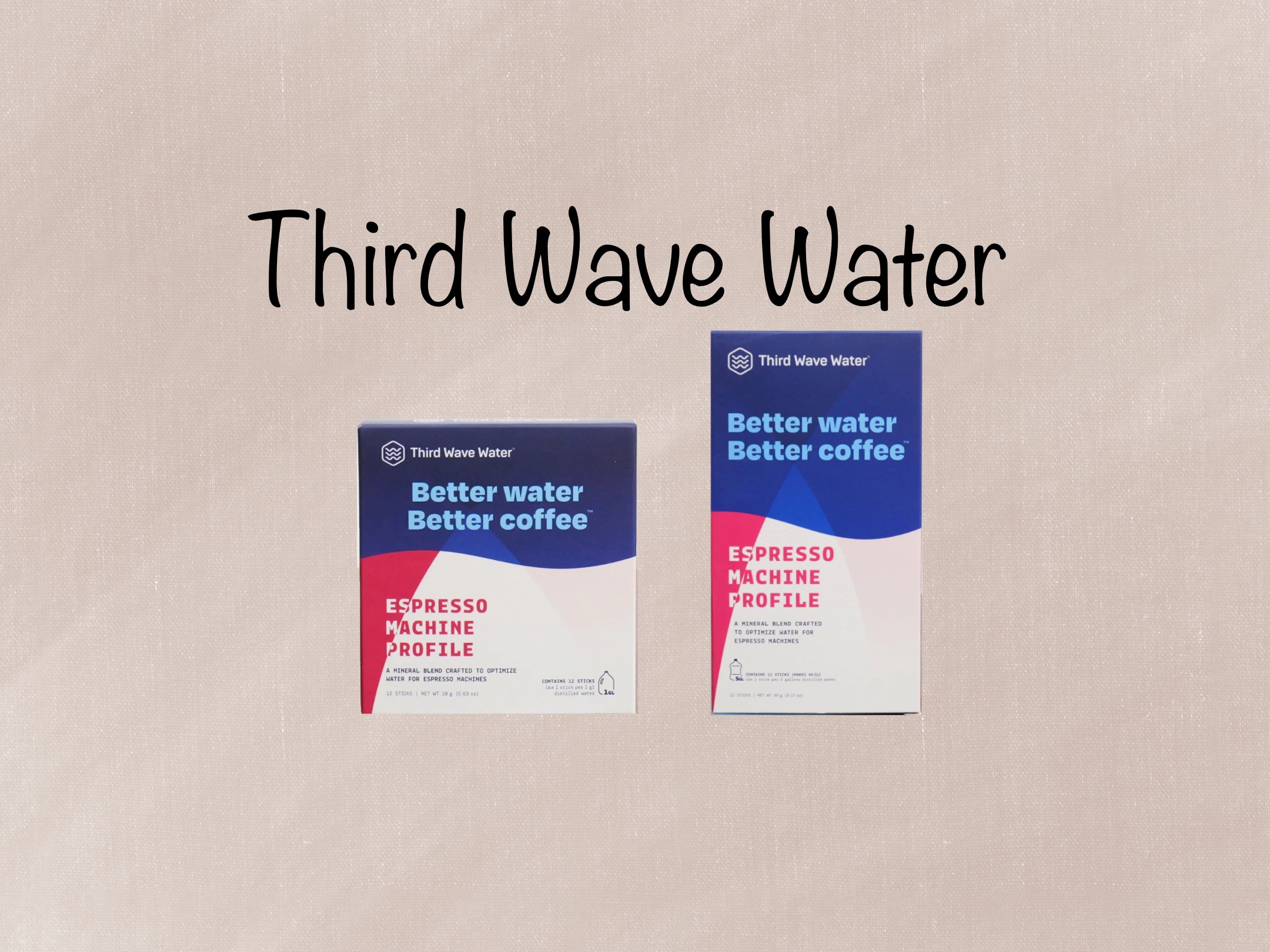
Mineral Additive
Third Wave Water is a mineral supplement designed to help improve the flavor of coffee by balancing the water chemistry and reducing acidity. Third Wave Water, referred to as TWW, is a small packet of concentrated minerals designed to help highlight the best flavors of coffee while reducing the unpleasant ones.
Rise to Popularity
TWW launched in 2016 and has since pioneered the home coffee-water space. With features in the Specialty Coffee Association World Coffee Championships and on popular TV shows like Shark Tank, TWW has made a splash with its five unique flavor profiles designed to enhance coffee across brewing methods and roast levels.
How Does Third Wave Water Work?
Third Wave Water has three primary ingredients: magnesium sulfate, calcium citrate, and sodium. When added to brewing water, TWW ensures the water has the correct amount of alkalinity, which allows the proper amount of coffee to be dissolved into the brewing water. If the water's alkalinity is too low, coffee can taste overly acidic and bitter. Too much, and the coffee may taste flat or flavorless.
Third Wave Water sells a variety of "profiles," which are different combinations of minerals designed for various brew methods and roast levels.
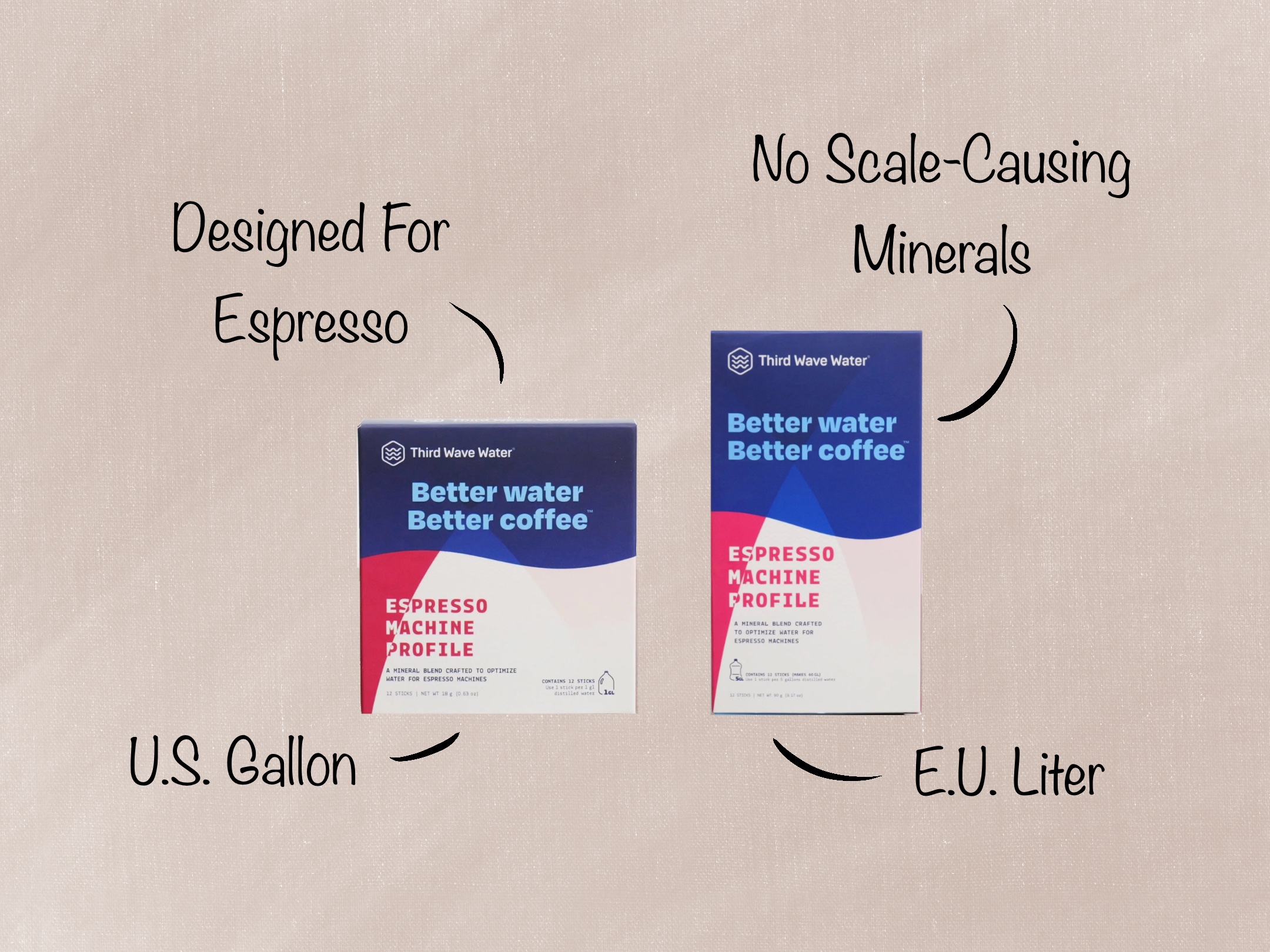
Third Wave Water for Espresso
Purpose Built
One of Third Wave Water's most popular profiles is their Espresso Machine Profile. This profile is designed to avoid any chemicals that may deteriorate the internals of an espresso machine while helping balanced flavors.
Machine Safe
Similar to other Third Wave Water Profiles, the Espresso Machine Profile contains magnesium sulfate, calcium citrate, and potassium bicarbonate with a target pH balance of 6.7 to 7.2. And while this TWW profile was designed specifically for espresso machines, it can be used for other brewing methods like pour-over or drip.
Other Flavors of Third Wave Water
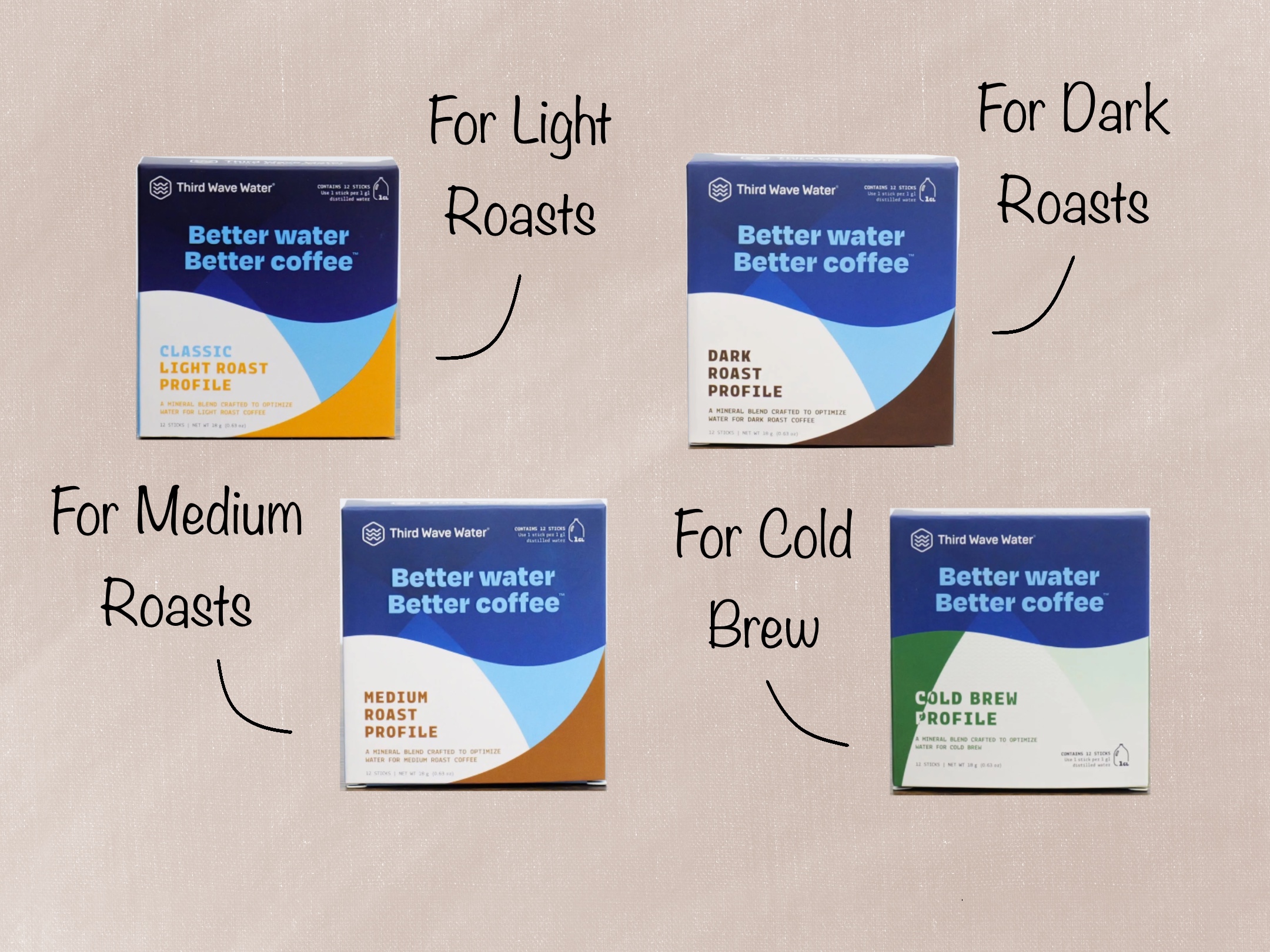
Light Roast Profile
This profile is designed with a specific collection of minerals to help accentuate the bright and floral flavors of more modern, light-roasted coffee while limiting overbearing acidity. This is the Third Wave Water Classic flavor and has been favored among roasters and barista champions alike.
Medium Roast Profile
Third Wave Water designed this profile specifically for beans that have been roasted past first-crack but have yet to reach second-crack. Although this profile is newer than the Light Roast Profile, it is best for those who mostly drink balanced, medium roasts. TWW also recommends this Medium Roast Profile for cupping protocols and getting even flavor across multiple extractions.
Dark Roast Profile
This Third Wave Water Profile is focused on dark roasts. Classic Italian-style coffee with robust, bold flavors benefits from this profile that provides an excellent alkalinity buffer to reduce the bitterness often found in dark roasted coffee. TWW claims that using this profile helps bring out preferred chocolatey and nutty flavors compared to distilled water.
Cold Brew Profile
Third Wave Water designed this profile specifically for cold brew. Cold brew requires a much longer extraction time at a much lower temperature than other brewing methods. TWW engineered this profile to help reduce the acidity of cold brew 'Up to 300%' to improve the taste and balance.
How to Use Third Wave Water
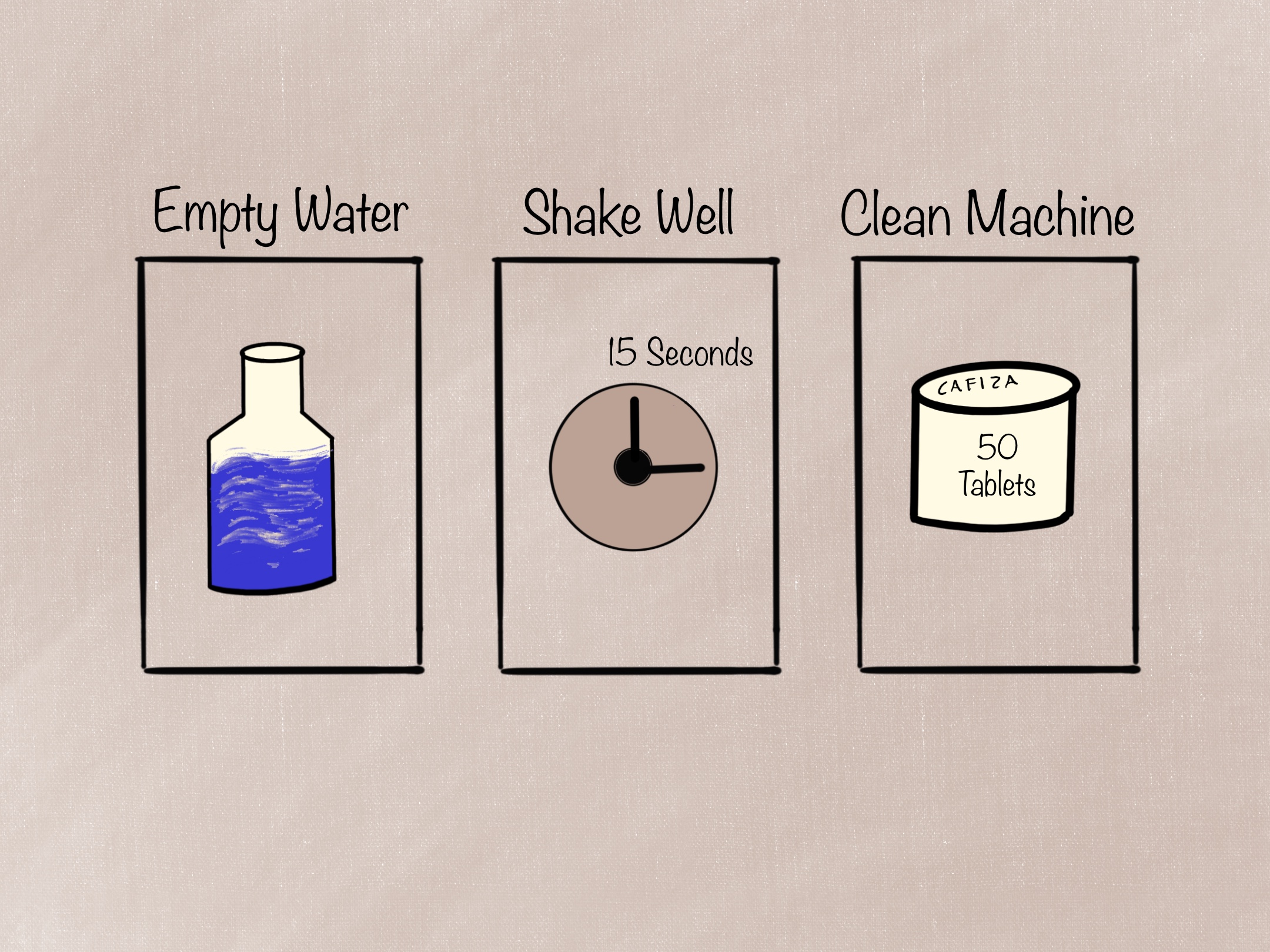
Using the Correct Water
Before you start 'adding' to your brewing water, you need to make sure you're starting with 'empty' water. That is water without any other minerals. Distilled, reverse osmosis or de-ionized water is a great base. But be careful, Brita filters and other carbon filters do not entirely remove compounds or create empty water.
Mixing with Third Wave Water
Open up a Third Wave Water packet and pour it into a 4 liter (1 gallon) container. Shake the container for 15 seconds to ensure the minerals are adequately dissolved throughout. Letting your water container rest for a day may help the minerals fully dissipate to provide the best possible flavor.
Cleaning the Espresso Machine
If you have not been using empty water, it is possible that you have been adding improper minerals to your machine's reservoir or boilers. Backflushing your machine, cleaning your water reservoir, draining your boilers, or even descaling your machine will help renew the water quality inside your machine and will help get the most out of your Third Wave Water packet.
Where to Buy Third Wave Water
Price & Availability
Third Wave Water is sold in 12-count or 20-count individual packets designed for 1-gallon or 5-gallon containers. Starting at $17.00 for a 1-gallon 12-pack, TWW offers 'subscribe-and-save' options, so you never have to worry about refilling and reordering.
In 2024, Third Wave Water is available at many online retailers, including Amazon. TWW is also available on the TWW website and at coffee retailers such as Clive Coffee and Seattle Coffee Gear.
If you would rather shop in person, many independent 'Third Wave' coffee shops will sell Third Wave Water, and can be found near the accessories or beans.
The Final Sip
Water is a crucial input to brewing good coffee and in caring for your espresso machine. Pairing Third Wave Water with high-quality empty water will help reduce the build-up of harmful minerals in your machine, and can help elevate the complexity and flavor of your espresso.
